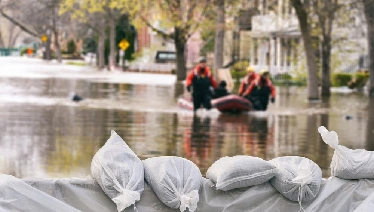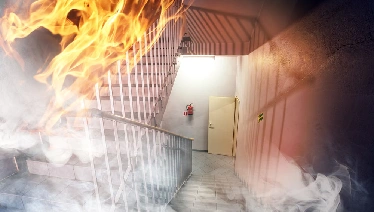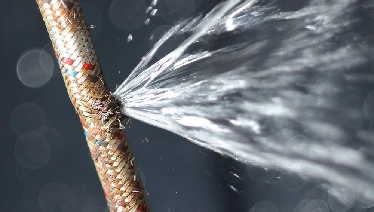As a property owner in Coeur d’Alene, it is important to recognize and address mold problems early to avoid health risks and potential property damage. Mold exposure can cause symptoms like breathing difficulties, persistent coughing, and irritation of the throat, lungs, and eyes. Certain groups, including children, seniors, and individuals with asthma, allergies, or preexisting health conditions, are especially vulnerable to mold-related complications.
Mold growth is typically fueled by excess moisture. Common causes include flooding, plumbing leaks, roof or window leaks, malfunctioning HVAC systems, poor ventilation, and even the age or condition of a property. Building materials such as drywall, particleboard, and plywood are especially susceptible to mold damage.
By staying alert to these risks and causes, property owners can take proactive steps to protect their homes and businesses. If you suspect mold in your space, don’t wait.
Advantages of Professional Mold Remediation
Choosing Professional remediation offers long-term protection and peace of mind. Benefits include:
- Improved Indoor Air Quality: Removing spores reduces health risks like allergies and respiratory issues.
- Property Protection: Stops mold from spreading and damaging drywall, insulation, and wood.
- Advanced Technology: We use moisture meters, HEPA vacuums, and safe cleaning agents.
- Local Expertise: We understand Coeur d’Alene’s unique climate challenges.
- Peace of Mind: A trusted Neighborly® brand backed by the Done Right Promise®.
Don’t risk DIY solutions; mold needs expert care.
How to Prevent Mold Growth
Maintaining a healthy indoor environment means taking proactive steps to stop mold before it starts. Mold doesn’t just cause allergies or respiratory issues; it can also weaken building materials and lead to costly repairs. By staying ahead of the problem, you can protect your property and your family’s health.
Here are key ways to prevent mold growth:
- Monitor Humidity Levels: Keep indoor humidity below 60%. Use a hygrometer to check levels regularly and install dehumidifiers in basements, bathrooms, or other damp spaces.
- Ensure Proper Ventilation: Run exhaust fans in kitchens and bathrooms, and make sure they vent outdoors to remove excess moisture.
- Fix Leaks Quickly: Inspect plumbing, roofing, and windows for leaks. Prompt repairs keep your property dry and mold-free.
- Improve Insulation: Insulate pipes and walls to reduce condensation, especially during Coeur d’Alene’s colder months.
- Clean Moisture-Prone Areas: Regularly clean and dry showers, sinks, and countertops. Don’t forget hidden spaces behind appliances or under sinks.
- Choose Mold-Resistant Materials: Use mold-resistant drywall, paints, and sealants during renovations or repairs.
- Maintain Landscaping: Keep soil, mulch, and plants away from your home’s foundation. Ensure your yard drains water away from the structure.
- Schedule HVAC Maintenance: Regular inspections and filter changes reduce moisture buildup and improve indoor air quality.
By incorporating these preventive measures, you can greatly reduce the risk of mold in your home or business. If mold appears, Request Service.

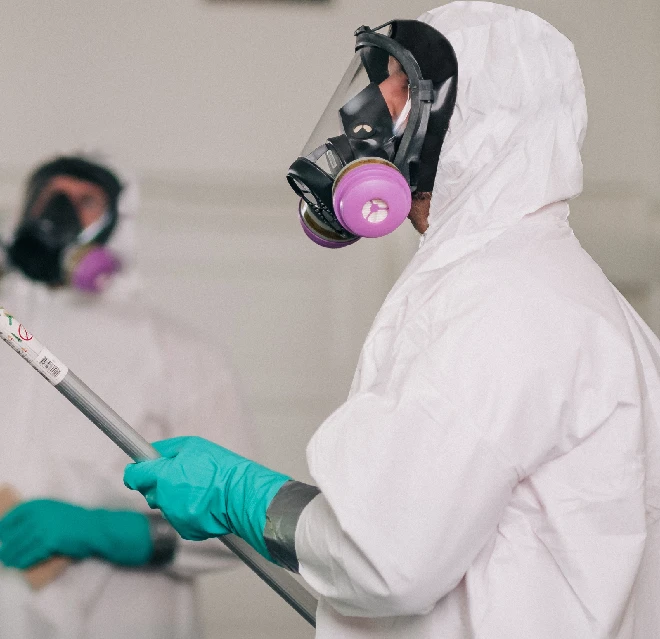
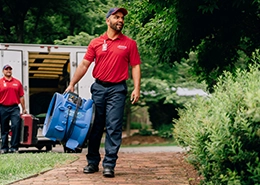

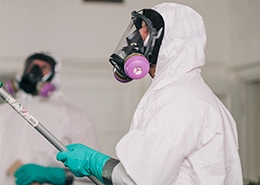

.webp)
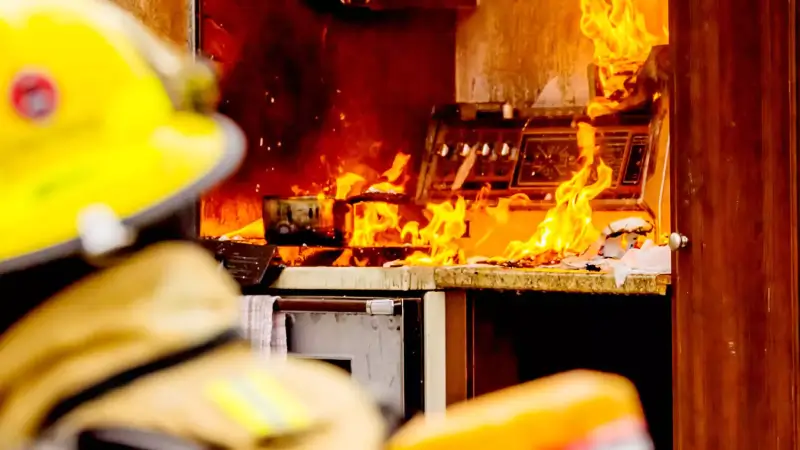
.webp)
